NEWS
See more
Key Factors to Consider When Implementing COB Display Systems for Optimal Performance
Key Factors to Consider When Implementing COB Display Systems for Optimal Performance
Introduction to COB Display Technology
In recent years, COB (Chip-on-Board) technology has become a game changer in the realm of LED displays. This innovative approach allows for a more compact and efficient lighting solution, delivering enhanced image quality and reduced energy consumption. As we explore the key factors to consider when implementing COB display systems, we will dive deep into the intricacies that set this technology apart from traditional LED solutions.
Understanding COB Displays
COB displays utilize a unique manufacturing process where multiple LED chips are mounted directly onto a circuit board. This method results in several advantages, including higher brightness levels, improved thermal management, and a more seamless visual appearance.
The Advantages of COB Technology
1. **Enhanced Brightness and Clarity**: COB displays provide superior luminance, making them ideal for brightly lit environments.
2. **Compact Design**: The ability to mount multiple LED chips in a small area enables more versatile display configurations.
3. **Improved Thermal Management**: Effective heat dissipation ensures longer operational lifespans and reduced maintenance.
4. **Cost-Effectiveness**: While initial investments may be higher, lower energy consumption and maintenance costs can lead to significant savings over time.
Key Factors to Consider for Successful Implementation
1. Application Requirements
Before choosing a COB display system, it’s crucial to understand the specific requirements of your application. Will the display be used for indoor or outdoor purposes? Is it meant for advertising, informational displays, or entertainment? The application will dictate the specifications needed, including brightness levels and durability.
2. Display Resolution and Size
The resolution of a COB display directly impacts the visual experience. Higher resolutions are essential for applications requiring detailed visuals, such as presentations or advertising. Additionally, consider the physical size of the display; larger screens may need higher resolution to maintain image quality at greater viewing distances.
Choosing the Right Pixel Pitch
Pixel pitch refers to the distance between the centers of two adjacent pixels. Selecting the appropriate pixel pitch is vital for ensuring clarity and detail in the images displayed. A smaller pixel pitch is more suitable for close-viewing applications, while a larger pitch may suffice for displays viewed from a distance.
3. Environmental Considerations
COB displays are often subject to environmental factors, especially in outdoor settings. It’s essential to choose displays that are weather-resistant and capable of withstanding temperature fluctuations, humidity, and dust. Look for ratings such as IP (Ingress Protection) to gauge a display's environmental resilience.
Understanding IP Ratings
IP ratings consist of two digits: the first indicates protection against solids, while the second indicates protection against liquids. For outdoor COB displays, look for an IP rating of at least IP65 to ensure adequate protection.
4. Power Consumption and Efficiency
Energy efficiency is a significant factor in the operational cost of display systems. COB technology is known for its low power consumption compared to traditional LED displays. When implementing a COB display system, consider both the power requirements and ongoing operational costs.
Calculating Energy Costs
To calculate the energy costs associated with your display, determine the wattage and the number of hours it will be used daily. Multiply these figures by your local energy rates to estimate monthly costs.
5. Installation and Maintenance
The complexity of installation can vary based on the display's size and environment. It’s advisable to engage experienced professionals for installation. Additionally, consider the long-term maintenance needs of your display, including access for repairs and cleaning.
Factors Influencing Installation Complexity
- **Display Size**: Larger displays may require additional support structures and safety measures.
- **Location**: Installations in difficult-to-reach areas may complicate maintenance.
6. Cost and Budget Considerations
When implementing a COB display system, budget constraints are a common concern. While COB displays may require a higher upfront investment, their longevity and lower energy costs often result in better value over time. It’s essential to factor in all costs, including installation, maintenance, and operational expenses.
Evaluating Total Cost of Ownership (TCO)
To assess the true cost of a COB display, calculate the TCO, which includes initial costs, maintenance, and operational expenses over the display's lifespan.
7. Integration with Existing Systems
Another critical consideration is how well the COB display can integrate with existing technology. Whether you’re connecting to a content management system, integrating with sensors, or ensuring compatibility with other displays, seamless integration is vital for operational efficiency.
Compatibility with Content Management Systems
Ensure that your COB display is compatible with your preferred content management system (CMS). This will facilitate easier updates, content scheduling, and remote management of the display.
8. Future-Proofing Your Investment
Technology is continually evolving, and your display should be able to adapt to future advancements. Consider scalability options and whether the system can accommodate upgrades without requiring a complete overhaul.
Conclusion
Implementing COB display systems involves numerous considerations that can significantly influence performance and user experience. By understanding the application requirements, display resolution, environmental factors, and cost considerations, you can make an informed decision that aligns with your goals. Whether for commercial advertising, public information, or entertainment, making the right choices in your COB display implementation can lead to outstanding results and a compelling visual experience.
FAQs
1. What is the lifespan of a COB display?
COB displays typically have a lifespan of over 50,000 hours, depending on usage and environmental conditions.
2. Are COB displays suitable for outdoor use?
Yes, COB displays can be designed for outdoor use, provided they have appropriate IP ratings for weather resistance.
3. How do I choose the right pixel pitch for my display?
Choose a pixel pitch based on the viewing distance; smaller pitches are better for close-up views, while larger pitches are suitable for distant viewing.
4. What maintenance is required for COB displays?
Regular cleaning and periodic inspections for any signs of wear or malfunction are essential for maintaining COB displays.
5. Can COB displays be used for dynamic content such as video?
Absolutely! COB displays are capable of displaying high-quality dynamic content, including videos and animations, making them suitable for various applications.
Related News









